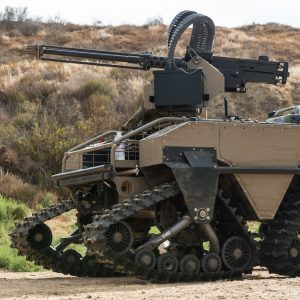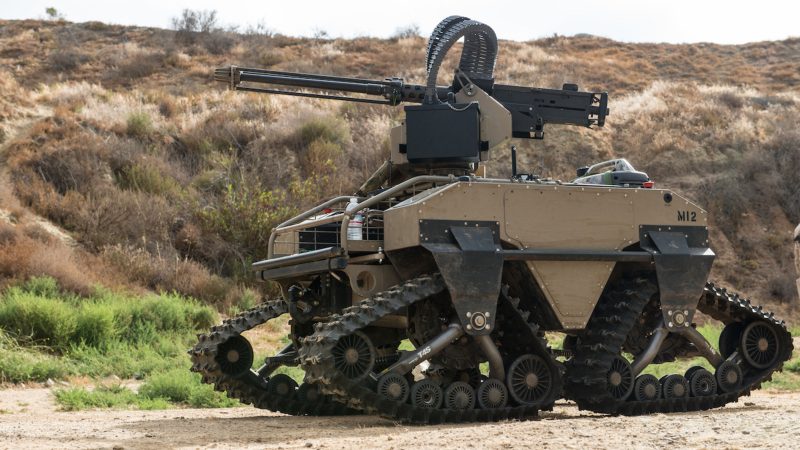
U.S. Army seeks to develop AI-based robotic tanks.
Some Question Legal, Ethical Issues of Using AI Robotic Tanks
The U.S. Army has put out a tender, requesting bids and presentations for the best AI driven tank the American tank builders and AI programmers can produce.
America has used robotic planes and other offensive weapons since the second world war. For the most part, Americans have agreed with their usage. Drones that hunt and kill are quite common in the battlefields of today’s and tomorrow’s wars. But these have been mostly driven or flown by humans. An order to kill had to come from the officer in charge of the said operation.
The newest of these war weapons are directed by algorithms, which means the machine decides whether to blow something up or not. This doesn’t sit well with some of the employees at Microsoft, who demanded an end to certain weapons programs they were expected to develop, because they said the weapon systems were unethical.
No doubt the Army will receive the kind of software, hardware, and AI algorithms they are seeking. Below is a list of what the Army wants applicants to focus on during a 25-minute session that’s been allotted for each presenter.
When this public learned that the Pentagon’s autonomous tanks were gaining automated targeting and firing capabilities — that is, that they would be autonomous killbots⏤the Pentagon finally updated the tender to reassure critics that “development and use of autonomous and semi-autonomous functions in weapon systems, including manned and unmanned platforms, remain subject to the guidelines in the Department of Defense (DoD) Directive 3000.09” and that “All uses of machine learning and artificial intelligence in this program will be evaluated to ensure that they are consistent with DoD legal and ethical standards.” The Pentagon is seeking bids to improve the Advanced Targeting and Lethality Automated System (ATLAS) so that it can “acquire, identify and engage targets at least 3xs faster than the current manual process.”
The ATLAS Industry Day will focus on the following five technology areas:
1. Image Processing topics, including:
a. Target Tracking
b. Target Detection, Classification, Recognition, and Identification
a. Personnel Targets
b. Vehicle Targets
c. Clutter Detection / Clutter Rejection
d. Optical Flow Mitigation
e. Passive Range Determination
f. World Modeling / Digital Mapping
g. Automated Ground Truthing / Scene Labelling
h. Moving Target Indication
I. Accelerated Decision Making / Semantic Reasoning
j. AI/ML Algorithms
k. Spectral Processing
l. Automated Image Search
2. Data
a. Data Collection
a. Military target and background data for AI/ML algorithm training
b. Multiple clutter and climatic conditions
b. Data management/database
c. Labeling and Ground Truthing
d. Augmentation
e. Synthetic Imagery
a. Image Generation Tool Development
b. Signature Modeling
c. Clutter Modeling
d. Porting of Tools and Models to High-Performance Computing Center Processor
3. Fire Control
a. Advanced targeting algorithms
b. Automation and acceleration of parts of the Fire Control process
4. Ground Combat Vehicle Integration Support
a. Integration of High Voltage (600VDC) power systems
b. Integration of sensors and electronics
5. Sensors
a. Imaging Sensors in the following wavebands (Visible, NIR, SWIR, MWIR, LWIR)
b. Gimbal mechanisms
c. Laser (Range finders, LADAR/LIDAR, Pointing Systems)
read more at boingboing.net








Leave A Comment